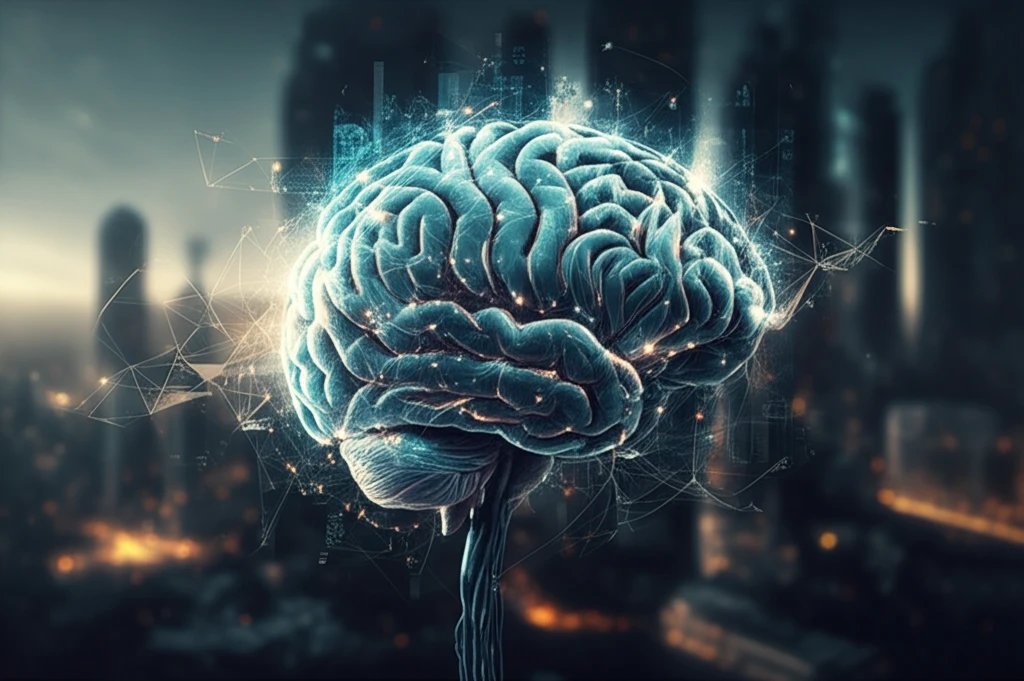
Is Your Gut Feeling Actually Logical? Unpacking Bayesian Rationality
"Dive into the surprising science behind how we update our beliefs and make decisions – and whether our 'gut feelings' are as irrational as they seem."
We make decisions every day, from the mundane (what to have for breakfast) to the monumental (career changes, investments). Often, these choices are driven by what we call a 'gut feeling' – an intuition that seems to bypass logic. But is this intuition truly irrational? The field of Bayesian rationality offers a compelling framework for understanding how we update our beliefs and make decisions, suggesting that even our most instinctive reactions can be rooted in a form of logic.
Bayesian rationality, at its core, is about updating our existing beliefs (our 'priors') with new information to form revised beliefs (our 'posteriors'). This process, guided by Bayes' rule, provides a mathematical foundation for understanding how we learn and adapt. Imagine you're trying a new restaurant. Your prior belief might be that most restaurants are decent. If your first experience is amazing, you update your belief, increasing your confidence that this restaurant is exceptional. Conversely, a bad experience would lower your estimation.
A recent research paper delves into the empirical content of Bayesianism, seeking to define the conditions under which observed beliefs are consistent with Bayesian updating. This research challenges the traditional view of human irrationality, proposing that seemingly illogical beliefs can often be explained within a Bayesian framework. Understanding this framework can provide valuable insights into how we perceive the world, make choices, and even how we can improve our decision-making processes.
What Exactly is Bayesian Rationality, and Why Does It Matter?

Bayesian rationality is named after Thomas Bayes, an 18th-century statistician and philosopher. It provides a mathematical method for updating beliefs in light of new evidence. It’s a way to think about how we learn and change our minds. The core idea is that we all start with pre-existing beliefs about the world, and as we encounter new information, we adjust those beliefs accordingly.
- Prior Beliefs: These are your initial assumptions or beliefs about something.
- New Information: This is the evidence or data you receive.
- Bayes' Rule: This is the mathematical formula that dictates how to update your prior beliefs based on the new information.
- Posterior Beliefs: These are your revised beliefs after incorporating the new information.
Embracing Bayesian Thinking: A Path to Better Decisions
Understanding Bayesian rationality is more than just an academic exercise; it’s a practical tool that can enhance our lives. By acknowledging our prior beliefs, actively seeking new information, and updating our perspectives with a logical framework, we can strive for more informed and rational decisions. This doesn't mean eliminating intuition altogether, but rather grounding our 'gut feelings' in a foundation of evidence and reason, leading to choices that are not only instinctive but also intelligently considered.
